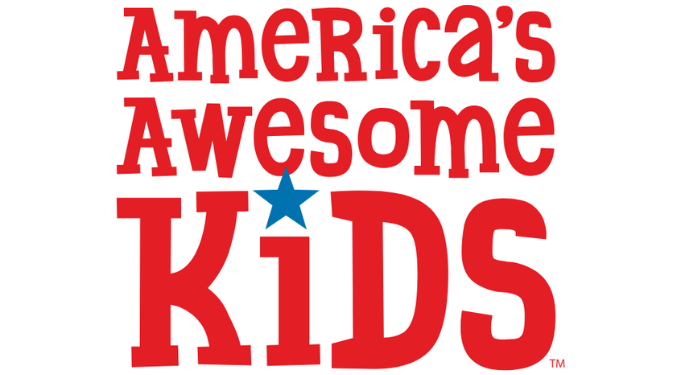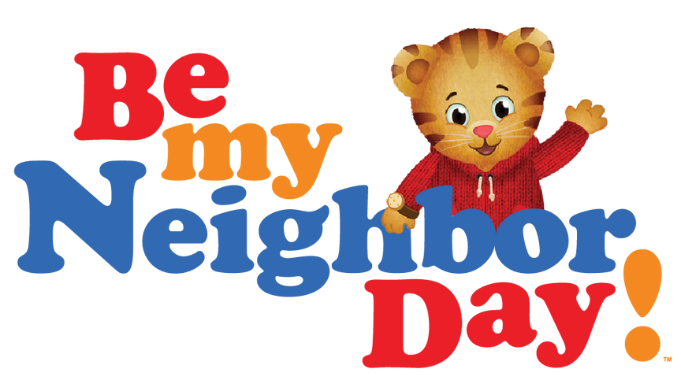The Department of Health and Human Services, through the Substance Abuse and Mental Health Services Administration (SAMHSA), announced the 2024 State Opioid Response (SOR) and Tribal Opioid Response (TOR) notice of funding opportunities.
West Virginia can apply for $45,758,863 in federal dollars for prevention, harm reduction, treatment such as the use of medications for opioid use disorder, naloxone and other opioid overdose reversal medications, and recovery support.
Nationally, up to $1.48 billion is available for states, territories and the District of Columbia and $63 million to Tribes. This funding is an investment in President Joe Biden’s Unity Agenda for the nation.
Department of Health and Human Services Secretary, Xavier Becerra said more than 100,000 Americans die of drug overdoses each year.
“Today’s crisis is different from what we’ve seen in the past,” Becerra said. “The illicit drug supply today is increasingly lethal and unpredictable. Nonetheless, we are making progress.”
Becerra said by focusing on evidence-based intervention, states can drive down overdose deaths.
“We saw historic yearly increases in overdose deaths in the U.S.,” Becerra said. “The latest CDC data show we have flat those increases. And while we still see Americans die, we are not seeing the types of growth in overdose deaths that we had seen prior to President Biden coming into office.”
According to a press release from the White House, from 2018 to 2023, SOR recipients reported over 550,000 overdose reversals, about 9.8 million naloxone kits and 7 million fentanyl test strips distributed. They also reported that over 1.2 million people received treatment services and over 600,000 people received medications for opioid use disorder, including buprenorphine, methadone, and injectable extended-release naltrexone.
At their six-month follow-up, 78 percent of people who received treatment through SOR reported they did not use illicit drugs.























